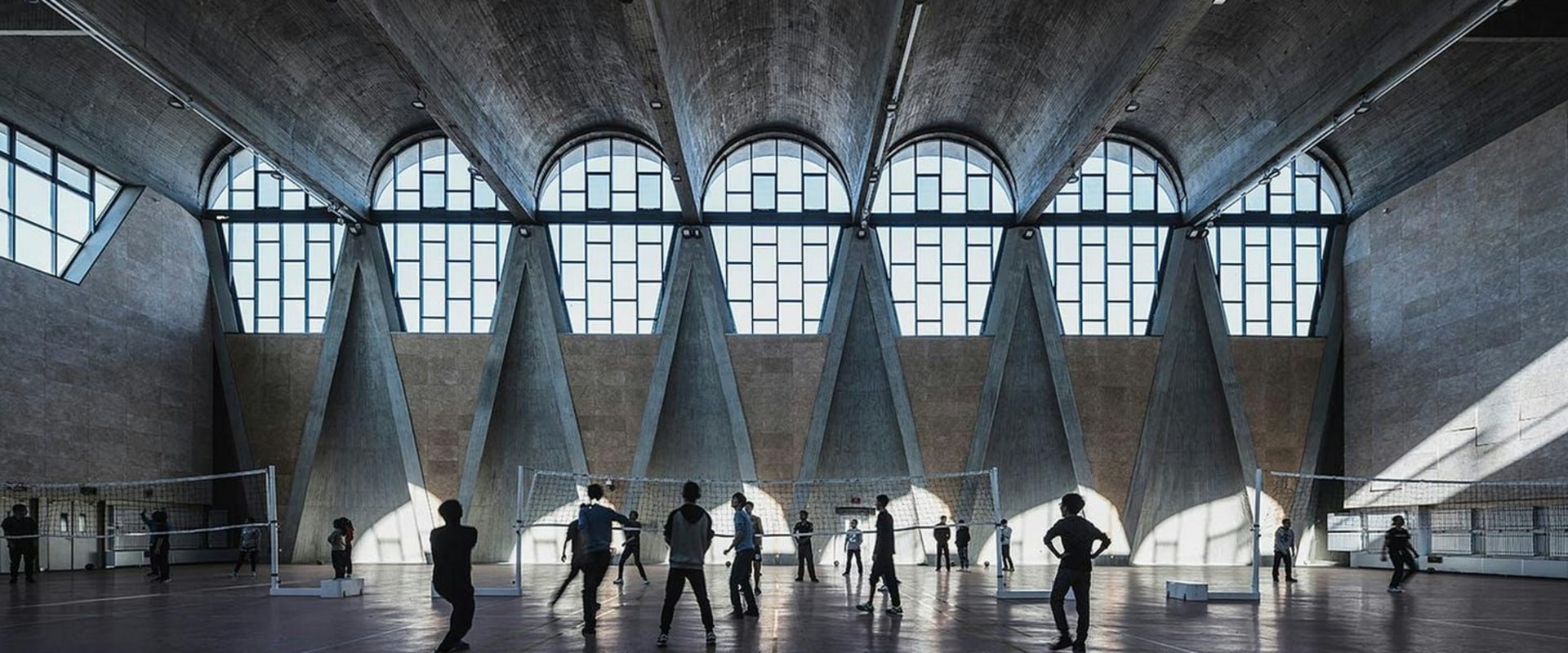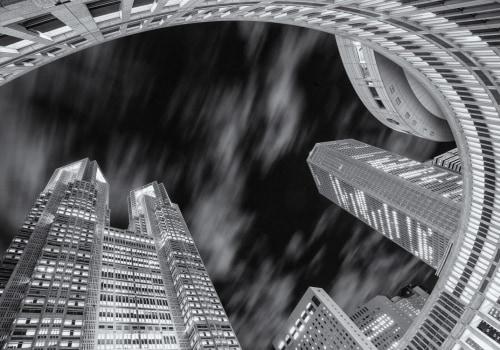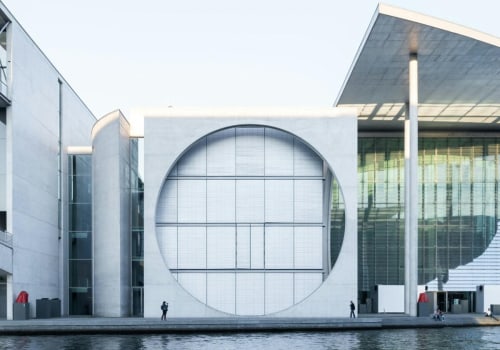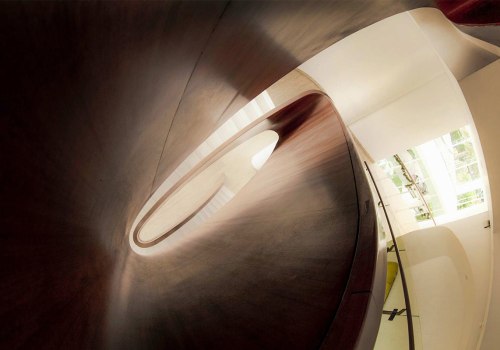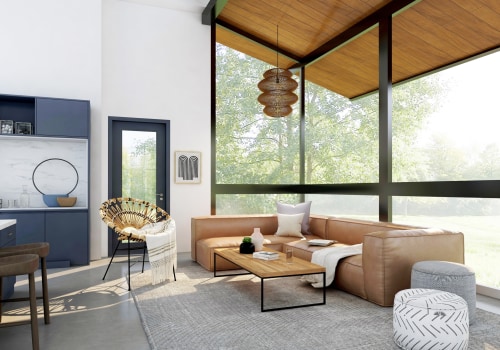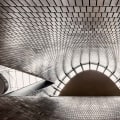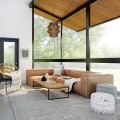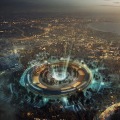Interior architectural photography is a specialized form of photography, requiring a unique set of skills and techniques to capture the beauty and intricacy of the interiors of buildings. From residential homes to commercial spaces, interior architectural photography requires an understanding of composition and framing to bring out the best in each space. In this article, we will explore the fundamentals of composition and framing for interior architectural photography, including techniques such as the rule of thirds, leading lines, and depth of field. We will also discuss how to use natural light and artificial lighting to create the perfect image.
Finally, we will look at how to use post-processing techniques to enhance your images. Whether you are a beginner or a professional photographer, this article will help you take your interior architectural photography to the next level. Interior architectural photography can be a unique and complex genre of photography. It requires a great deal of skill and creativity to compose and frame a space in an aesthetically pleasing way.
In order to achieve the desired result, it is important to understand the fundamentals of composition and framing for interior architectural photography.
Light
plays an essential role in architectural photography. Capturing the right light in a space can make or break the quality of the photograph. Achieving a good balance between natural and artificial light is key.It is also important to understand how the sun’s position can affect the light in the room, as well as how different times of day can affect the quality of light. It is also important to explore different angles when composing a photo. Using a variety of angles can help create dynamic compositions that capture the feeling of the space. It can be helpful to use a tripod to ensure that the camera is level and to help keep the perspective consistent.
Using different points of view can also be helpful in creating interesting compositions. This could include capturing details from close up, or shooting from an elevated point of view. It is also important to consider the scale of the elements in the photo, as this will affect how it is perceived by viewers. Different types of lenses can also be used for interior architectural photography.
Wide-angle lenses are often used for capturing more of the space in one shot, while telephoto lenses can be used for capturing details from a distance. Using different lenses can help create unique perspectives and capture interesting elements of a space.
Still life images
can add visual interest to an interior space. This could include incorporating props such as furniture, artwork, or plants into the composition. Styling these elements can help create an aesthetically pleasing composition.Natural elements such as plants can also be used to add texture and depth to a composition. Incorporating plants into a shot can help bring life to an otherwise static image. Plants also reflect light differently than other elements, which helps create interesting shadows and highlights. Long exposures can be used to capture movement in an interior space, such as people or cars passing by outside a window.
This technique requires some practice and experimentation, as it involves controlling both the shutter speed and aperture of the camera. Finally, post-processing techniques can help bring out the best in an interior architectural photo. This could include color grading, contrast adjustments, or cropping. It is important to experiment with different post-processing techniques until you find the one that works best for you.
Post-Processing Interior Architectural Photos
Post-processing interior architectural photos is an essential step in the process of creating beautiful images.The goal of post-processing is to bring out the best qualities of the photograph and make it look its best. The first step is to adjust the white balance, exposure, contrast, and saturation. This will help to give the photo a more natural look and feel. Adjusting the colors and tones of the photograph will also help to create a more pleasing composition.
Once these adjustments have been made, it is important to use sharpening and noise reduction techniques. Sharpening helps to bring out the detail in the photograph and noise reduction helps to reduce any unwanted grain or artifacts. It is also important to use selective adjustments such as dodging and burning to further enhance the composition. This can be done by lightening or darkening certain areas of the photograph.
Finally, it is important to use cropping and resizing to ensure that the final image looks its best. Cropping helps to create a more balanced composition and resizing ensures that the image is optimized for viewing on various devices. With these tips, post-processing interior architectural photographs can be a simple yet rewarding process.
Understanding Light for Interior Architectural Photography
Light plays a vital role in interior architectural photography, as it defines the mood and atmosphere of the image. The right light can bring out the best in a space, while the wrong light can make an interior look flat and uninspiring.Photographers must understand the types of light available to them and how to manipulate it for dramatic effect. The most common type of lighting used in interior architectural photography is natural light. Natural light is usually soft and diffuse, creating a more subtle and delicate feel. However, it can also be used to create contrast and drama, depending on the time of day and the position of the sun in relation to the space.
Artificial light is also an important tool for interior architectural photography. Photographers can use artificial light to create different effects such as bright highlights or deep shadows. Different types of artificial lighting include tungsten, fluorescent, and LED lights, all of which can be used to create different effects. Manipulating the light source to create a desired effect is a key part of interior architectural photography.
Photographers can use various techniques such as adjusting the intensity, direction, and colour temperature of the light to create a particular mood or atmosphere. It is important to be aware of how shadows and highlights affect the composition of an image, as they can be used to draw attention to certain features or draw out specific details. By understanding the fundamentals of lighting for interior architectural photography, photographers can create stunning images that accurately represent a space. By manipulating the light source in different ways, photographers can produce dramatic effects that will make their photographs stand out from the crowd.
Using Props and Styling
Using props and styling can add visual interest to an interior space and help tell a story.For example, adding a piece of furniture, artwork, or plants can create a more inviting atmosphere. Strategically placed accessories can add depth and character to a space. Additionally, styling can make a room feel more homey and comfortable. When styling an interior space, it is important to consider the existing elements in the room.
The style of the furniture, colors, and artwork should all be taken into account. It is also important to create balance and harmony in the space. Finding the right pieces that complement each other will help achieve this goal. When selecting props, it is important to consider the overall feel of the space.
Depending on the type of space, different props may be used. For example, a modern space may benefit from industrial-style furniture or sleek accents such as a metal chandelier. On the other hand, a traditional space may be complemented by antiques or vintage accessories. It is also important to pay attention to the scale of the objects in relation to the size of the room.
Adding too many large pieces can make a space feel cramped while adding too many small items can make it look cluttered. Finding the right balance is key. Finally, it is important to remember that less is more when it comes to styling an interior space. Too many props can make a room feel overwhelming and distracting from its main purpose. Therefore, it is important to choose pieces that enhance the overall design of the space without taking away from its original beauty.
Exploring Different Angles for Composition
Composition and framing are key elements of interior architectural photography.The photographer must be creative in order to capture the beauty of a space while also creating an aesthetically pleasing image. One of the most important components of composition is choosing the right angles. Different angles can be used to create interesting compositions that highlight the unique elements of a space. Wide-angle shots are often used to capture the entire space, from floor to ceiling.
These shots allow viewers to get a sense of the overall size and shape of the room. Vertical shots provide a different perspective and emphasize the height of the ceiling or other tall features in the space. Close-up shots are also important when photographing interiors. These shots can be used to capture small details, such as furniture, artwork, or architectural features.
These shots help viewers to appreciate the finer details of a space and can be used to create interesting compositions. When framing a shot, it is important to consider the placement of elements within the frame. The photographer should consider how elements are arranged in relation to each other and how they affect the overall composition. Moving elements closer together or further apart can drastically alter the composition of a shot. In summary, composition and framing are essential components of interior architectural photography.
Different angles can be used to create interesting compositions, including wide-angle shots, vertical shots, and close-ups. When framing a shot, it is important to consider how elements are arranged within the frame in order to create an aesthetically pleasing composition.
Using Points of View for Unique Perspectives
Points of view are an essential part of interior architectural photography. By carefully considering the way a space is framed from different angles, it is possible to create a unique and interesting perspective on the subject. To do this, it is important to think beyond the traditional front-on or side-on approaches and experiment with different points of view.Here are some tips for using points of view for unique perspectives in interior architectural photography: High and Low Angles - When photographing an interior space, try to explore different angles. A low angle will give the viewer a sense of looking up at the space, while a high angle makes the room look smaller and more intimate. Experiment with both angles to create a dynamic effect.
Wide-Angle Lenses
- Wide-angle lenses are especially useful for capturing the full scope of a room from a single viewpoint.This can be a great way to add depth and perspective to an image, as well as emphasizing the size and shape of the interior space.
Zoom Lenses
- Zoom lenses are also invaluable for interior photography. These lenses allow you to create more abstract compositions by focusing on small details within the room. For example, zooming in on a particular furniture piece or painting can create an intriguing visual effect.Experimentation - The key to creating unique perspectives with points of view is experimentation. It is important to take your time and explore different angles and focal lengths before settling on the final composition. Try to think outside the box and challenge yourself to create something unexpected.
Capturing Long Exposures Inside Buildings
Capturing long exposures inside buildings can be a tricky task. The challenge lies in the fact that you don't have the luxury of natural light, which is essential for creating stunning long exposures.However, with the right equipment and techniques, it is possible to take beautiful photos indoors. One of the most important things to keep in mind when taking long exposures indoors is to use a tripod. This will help to stabilize your camera and reduce any camera shake that could occur while shooting. You should also use a remote shutter release or an intervalometer to avoid any unintentional movement while taking the photo.
Additionally, be sure to adjust your ISO and shutter speed settings according to the amount of light available in the room. In order to capture the best long exposure photos indoors, it is important to find the right angle. This means that you should try to get as low as possible so that you can capture details in the foreground and background of your image. Additionally, you should also consider using wider angle lenses, as this will allow you to fit more of the room into the frame.
Finally, be sure to experiment with different points of view as this can help to create more interesting shots. When it comes to taking long exposures indoors, it is also important to consider the lighting conditions in the room. You should take some test shots in order to determine what kind of lighting works best for your image. You may need to use flashlights or external light sources in order to achieve the desired effect.
Additionally, you should also consider using neutral density filters to reduce the amount of light entering the camera lens. By following these tips, you will be able to capture stunning long exposures inside buildings. Just remember to use a tripod, adjust your settings according to the light available, and experiment with different angles and points of view. With a bit of practice and patience, you will be able to create beautiful images with your camera. In conclusion, interior architectural photography is an art form that requires a great deal of knowledge and skill in composition and framing.
By studying the fundamentals of light, angles, points of view, props and styling, long exposures, and post-processing, photographers can create stunning images that capture the beauty and uniqueness of any interior space. With practice and patience, anyone can learn to take stunning interior architectural photographs.

